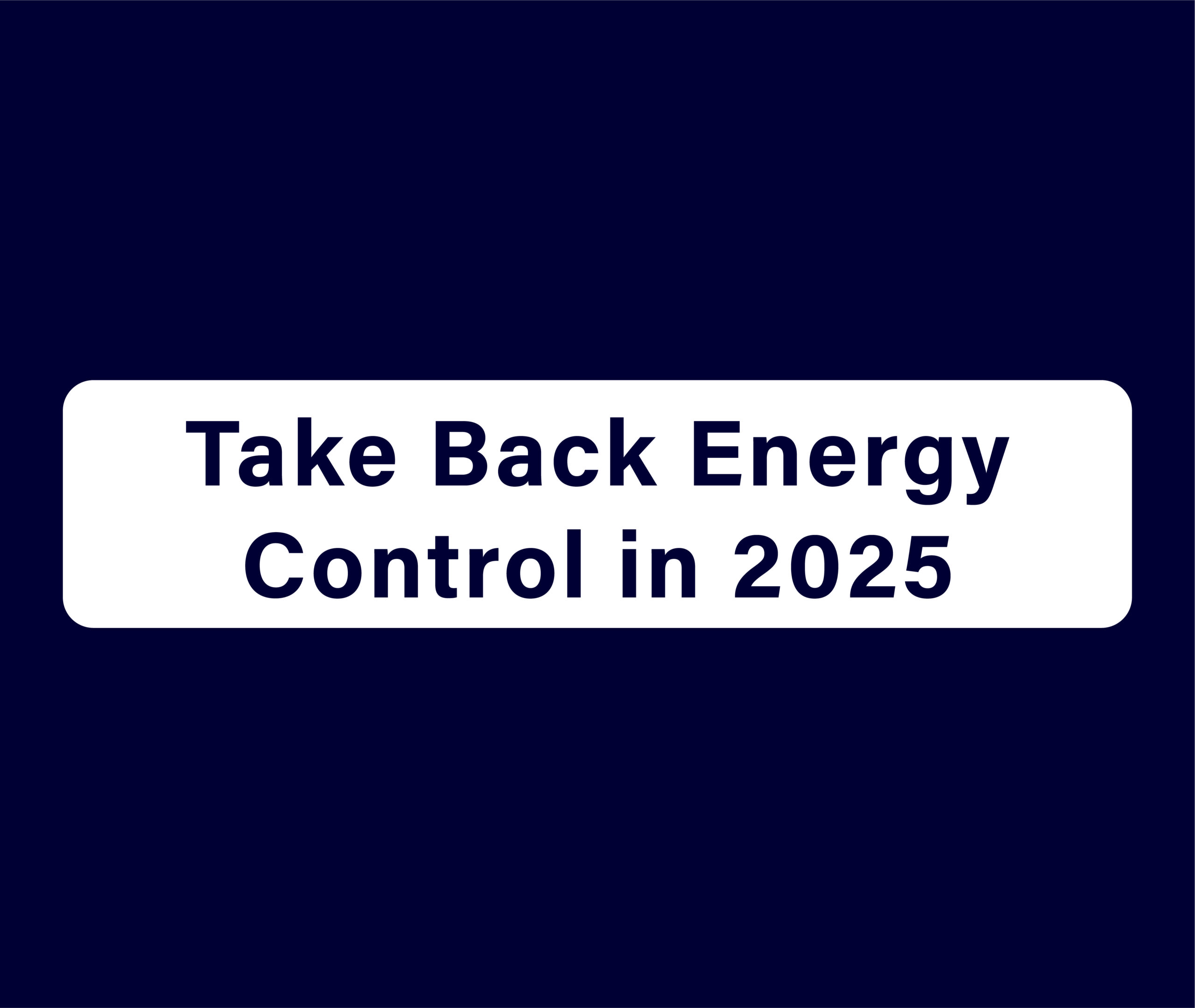BRIGHT SPARK
I’m an appliance expert – the underused settings on your oven, fridge, washing machine that could slash your bills
WITH energy prices spiralling in the cost of living crisis, we’re all looking for ways to slash our bills.
While many of our appliances are essential, they can be a drain financially – but there are many ways you can use your appliances as efficiently and cheaply as possible.
Here, product manager for Product Care Group and Russell Hobbs Marc Duckworth and Ben Dhesi, the creator of the energy-saving mobile app HUGO, share their top tips…
Fridge and freezer
Marc says: “When it comes to your fridge, it’s important to make sure it’s operating at an optimal temperature.
“For fridges this is 4°C and for freezers, -18°C.
“Many fridge-freezers come with manual temperature control so you can alter the temperature yourself.
“We recommend keeping it at the above settings to ensure it is operating at the most energy efficient temperature whilst preserving food quality.
“Adjust your fridge temperatures throughout the year, during the colder months you can use a lower setting as your appliance won’t need to work as hard to reach a temperature.
“Also ensure your freezers are neither too empty or too full, as this will allow the optimum air flow around the food.”
Ben adds: “Always keep the fridge and freezer away from direct sunlight and other heat sources such as radiators or kitchen stoves.
“If you don’t, your fridge will have to work harder than necessary to cool down its contents as it will be being heated up from the outside – this can also run the risk of overheating your fridge and breaking it.
“I also suggest making sure all the door seals are airtight, otherwise your fridge could end up working overtime trying to cool down a much larger area than it should – check them regularly by holding a lit candle up near the door, making sure to keep it far enough away that it doesn’t burn the plastic.
“If it flickers then warm air is getting in your fridge, meaning it’s using more energy to keep things cool.”
Washing machines
Marc says: “With washing machines, there is a lot you can do to save on energy bills.
“First of all, it is important to wash on a cooler setting whenever possible.
“Although it is widely known now that washing machines can do just as good of a job at cooler temperatures, many people still wash at the standard 40°C.
“However, we recommend washing at 30°C to save on energy usage –it is just as effective on day to day laundry.
“In addition to washing at lower temperatures, if your washing machine has an eco programme, we recommend using that wherever possible.
“Also, make use of the ‘steam assist’ function on your washing machine.
Not only does this function help to ensure a more hygienic clean through killing bacteria and viruses but it also helps steam out the creases – saving you time and money on the ironing!
“Finally for washing machines, it is advisable to use the highest spin setting.
“By using the highest spin setting available on your washing machine you will significantly reduce drying time – whether this be in the tumble dryer or not.
“It saves a significant amount of time and energy usage.
“If your washing is still wet after a cycle, using a spin/rinse cycle is much more energy efficient that putting sopping wet clothes into a dryer!
Ben says: “Choose your washing programs based on how dirty your clothes are and how much they need cleaning rather than just selecting high-temperature washes every time.
“Not only does this make your clothes last longer, but will cut down on the amount of energy used to heat the water.”
Dishwasher
Ben says: “When it comes to your dishwasher, use eco mode where available.
“Also ensure that the racks aren’t overfilled before each cycle starts – this will allow detergent and water usage to be reduced without compromising cleanliness levels.
“It’s also worth investing in models with A++ ratings as these tend not only to consume less power but also produce better results overall compared to other models out there today.”
Oven
Ben says: “Make sure that you’re always using the correct temperature when cooking as this will not only ensure that your food cooks better, but will significantly reduce energy consumption as you won’t need to leave the oven on for as long.
“You can also use an oven thermometer to check that your oven is running at the right temperature, adjusting the heat if it’s running at a lower temperature than it’s meant to be.
“If possible, I recommend opting for a fan-assisted or convection oven as these cook food faster at lower temperatures than conventional ones.”
TV and computers
Ben says: “Standby modes may be convenient but remember that turning off devices completely saves far more electricity over long periods of time – and reduces fire risks too!
“I also recommend opting for LED monitors instead of traditional LCD screens.
“LEDs require much less power while offering superior image quality at an affordable price, making them the better all-round option.”
Heating
Ben says: “Install thermostats throughout your house so that you can heat individual rooms independently according to specific needs or occupancy patterns.
“This includes keeping bedrooms cooler overnight while making sure that living areas stay warmer during the day.
“I also suggest insulating any hot pipes leading into showers or bathrooms properly since any cold drafts entering through gaps between walls and floors will waste both heat and money unnecessarily.”











